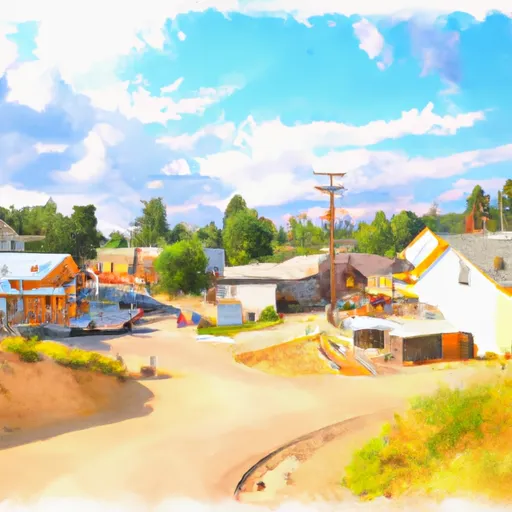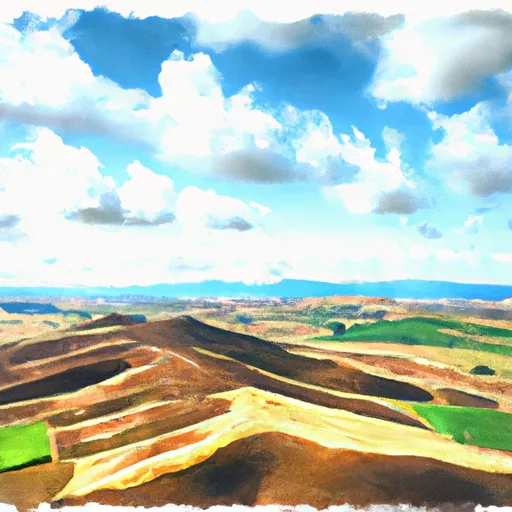°F
°F
mph
Windspeed
%
Humidity











Cocolalla, Idaho is a small community located in Bonner County in the northern part of the state. The area is known for its scenic beauty, with many outdoor recreation opportunities available. The climate in Cocolalla is typically characterized by warm summers and cold winters, with precipitation falling throughout the year. The hydrology of the area is influenced by the nearby Lake Cocolalla, which provides a source of water for many local activities. Outdoor recreation opportunities in the area include hiking, camping, fishing, and boating, with many trails and parks available for visitors to explore. Overall, Cocolalla offers a unique blend of natural beauty and outdoor activities, making it a popular destination for tourists and locals alike.
Weather Forecast
Cocolalla receives approximately 836mm of rain per year, with humidity levels near 74% and air temperatures averaging around 7°C. Cocolalla has a plant hardyness factor of 6, meaning plants and agriculture in this region thrive during a short period during spring and early summer. Most plants will die off during the colder winter months.
Regional Streamflow Levels
142
Cubic Feet Per Second
15,700
Cubic Feet Per Second
16
Cubic Feet Per Second
802
Cubic Feet Per Second
Nearby Camping
| Camping Area | Reservations | Toilets | Showers |
|---|---|---|---|
| Farragut State Park | |||
| Round Lake State Park | |||
| Evans Landing | |||
| Springy Point | |||
| Mokins Bay | |||
| Riley Creek |



